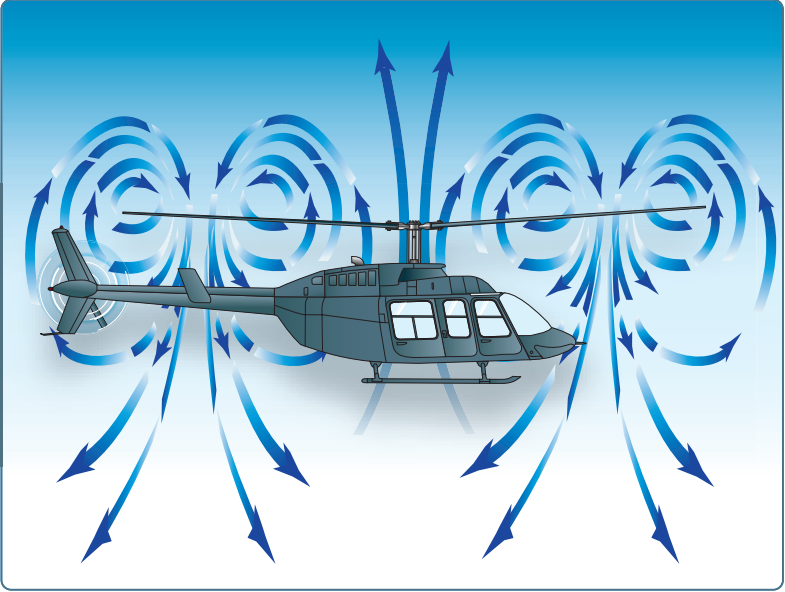I work for a surveying firm, and we fly often to acquire data for projects, usually 2-3 times a week. However yesterday we ran into a situation none of us had previously encountered and the discussion was started within the office about procedures in the future. We encountered a situation at the end of our flight (was in the process of landing) a low flying plane coming into our flight area. Low flying plane in context was a crop duster. We use Pix4D to set our flight path and was flying at 300 feet yesterday. However at the time of the incident our drone was 75-50 feet above ground in a controlled descent. Typically that is not our procedure, but I was instructing a new pilot on how to control the drone manually.
I mentioned to my second set of eyes and two crew members (surveyors) on site that if I tried to drop my altitude quickly I don't think we would have been out of the way in time. Is this because of the program we were tied too, or a setting within the DJI app that will allow for a quicker (controlled) descent?
I mentioned to my second set of eyes and two crew members (surveyors) on site that if I tried to drop my altitude quickly I don't think we would have been out of the way in time. Is this because of the program we were tied too, or a setting within the DJI app that will allow for a quicker (controlled) descent?






